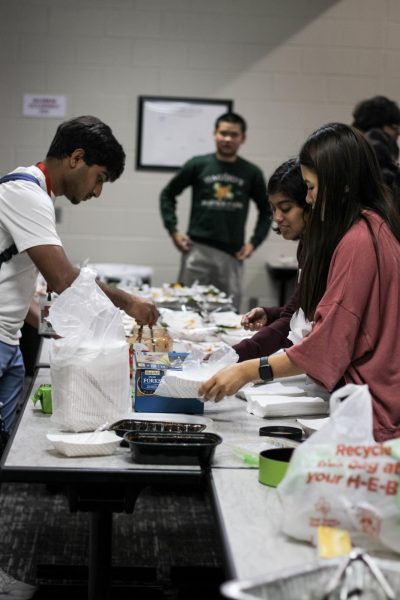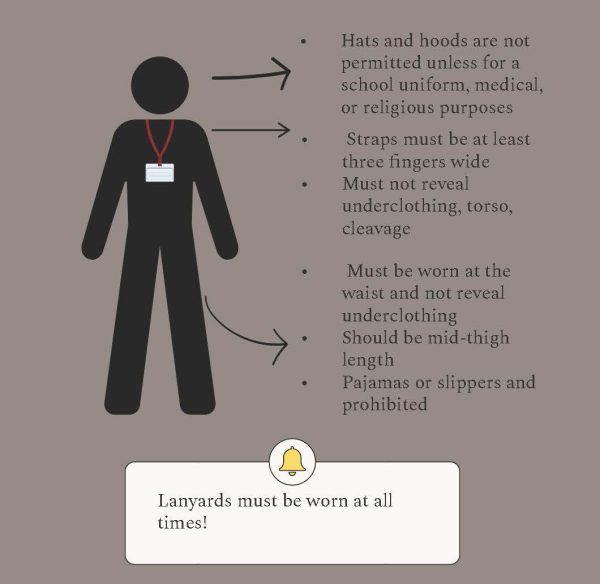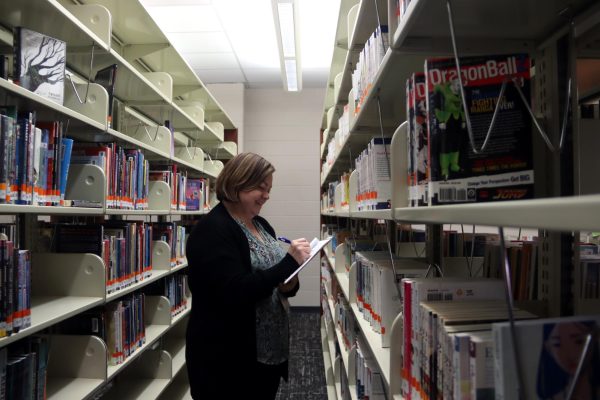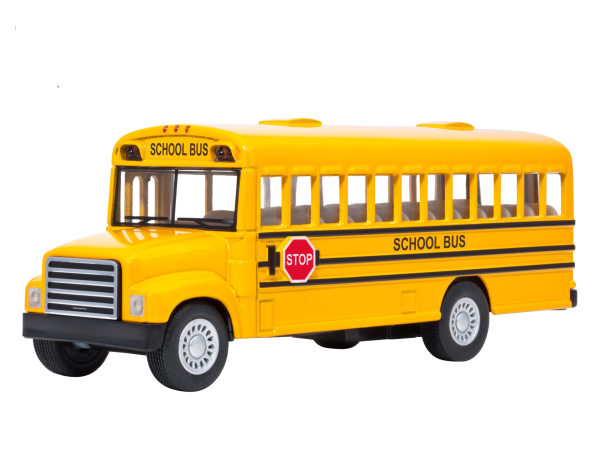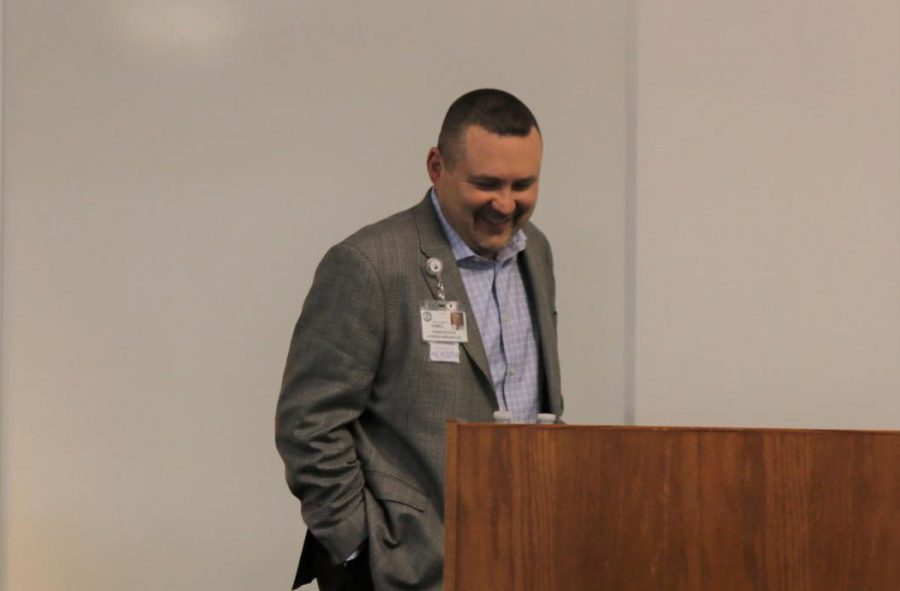Seat Belts, Driver Shortages and Bus Safety
CFISD Director of Transportation Bill Powell press conference 2018
CFISD Director of Transportation Bill Powells as he steps up to the podium before his first press conference.
Cy Woods hosted a press conference for CFISD Director of Transportation Bill Powell on Wednesday April 18th. Powell began driving school busses in 1989 while going to college to teach and became the Director of Transportation for Keith ISD after graduating and teaching a year in 1996. In 1997, he became the Director of Transportation for Magnolia ISD and in 2001 became the assistant Director for Human Resources. In 2013 he ascended to his current position and since then has contributed significantly to his department.
“I can’t thank our community enough for passing the bond that they did in 2014 because it included $72 million worth of new busses, a new transportation facility, camera upgrades, and some other upgrades within our department,” Powell said. “That also included the GPS system in our school busses. We’ve also added the student ID’s. That way we can account for all of our students that get on and off the school bus. The one thing I’d really like people to know, especially parents; with that card, they are able to go on and get an app, and they are able to get a notification when their student swipes on the bus and when they swipe off the bus. The GPS also helps us with telematics, which means our vehicles are actually talking to our shop foreman. So they can give health reports of the status of the school buses as they are traveling down the road. So if they see anything that may be occurring before the driver is even aware of it, we are able to take care of that issue before the driver even knows there’s a problem on the school bus.”
More new changes are also in store for bus technology.
“[Texas] Senate Bill 693 was passed in the last legislative session that requires seat belts on school busses that were purchased after September first, 2018,” Powell said. “It was difficult for decision makers to justify the expense [before]. Several years ago, the cost of outfitting a school bus with seat belts was about $10,000 per bus. The school bus now without seat belts is seven times safer than a passenger vehicle with seat belts. School busses have always been, according to the National Transportation Safety Board, the safest form of transportation for students to and from school and school related events. Senator Garcia recommended in a news story several months ago, instead of buying 10 buses, then just buy eight busses. Well if a district is only buying eight busses, then the districts going to have to cut service somewhere.”
Schools are able to opt out of purchasing seat belts for busses if they publicly state that they cannot afford them. Currently, one of Powell’s problems is filling job positions. There are 700 classified bus drivers, but there are 767 positions, leaving Powell 67 drivers short. Besides advertising for job positions, Powell uses several other methods to keep buses running.
“Everyone on my staff at every transportation center, all the area directors, all their supervisors, all their trainers, everyone is licensed to drive,” Powell said. “So our office staff, our professional staff, they’re all driving as well. Our technicians are licensed to drive. So we’re having to pull them out of the shop and have them drive as well. The other way is to double back, which we do not like to do. Double back means one bus will pick up at an elementary school, take those kids home and then have to go back to that elementary school, so kids are arriving home late. That’s our biggest challenge when we don’t have enough busses.”
An issue that has came to light since Powell first began his career is managing students on busses.
“It’s become more challenging, I would say, as far as student management,” Powell said. “That seems to be our biggest challenge. We really need the support of parents. And we are not perfect. We are not going to handle every situation the way you handle it as a parent, it’s a challenge. We’ve got 45, 50 kids on there and we’re trying to drive down the road safely. And for parents to think that it’s’ an easy job- it’s not. So that is probably the thing that has changed the most, is the behavior of our students. We just need cooperation and collaboration from parents and students to transport them safely to and from school.”
Powell said that this parent cooperation is important for the safety of students.
“We can’t drive safely and watch the kids in the mirror at the same time,” Powell said. “What we train is you’re always doing your mirror observations and your mirror scans. You have seven mirrors on a school bus, so you’re always looking to left, looking at your cross over mirrors, looking at your passenger interior mirrors, watching traffic ahead. Your just doing quick scans of your mirrors to monitor traffic around you, behind you, and your students. You really can’t multitask while driving safely. The drivers really need to be focused on the road. That’s why we are beginning our students and work with our students to follow the rules. Stay in your seat. Don’t be loud. Don’t eat or drink on the bus. Don’t be a distraction.”
Although CFISD transports about 80,000 students morning and afternoon, more than most districts, this amount is not required.
“The law only requires students to transport students with special needs,” Powell said. “Temple, Texas for several years only transported special needs students. They only started transporting regular ed students in 1992. Most districts across the state don’t transport all their students. They only transport students that live two or more miles from their campus. So that’s why it is a privilege, especially in Cy-Fair, because if you get to a bus stop, we’ll get you to your school. That privilege can be taken away, behavioral issues, causing concerns for safety, then yes, we will limit students from riding the school bus.”
One suggestion for keeping kids on busses would be creating a position strictly for managing students on busses. Powell’s concern with this would be the amount of funding.
“[That would require] an additional 620 employees, so doing the math that would be a big hit to the budget,” Powell said. “You’re looking at 10,000 to 12,000 per person.”
The Department of Transportation currently operates on about $43 million a year, including payroll expenses. It is currently buying new busses. If you need a job, consider driving a bus for CFISD, a currently needed position. And if you appreciate getting a free ride to school every day, follow bus policies and thank bus drivers for their service.
Your donation will support the student journalists of Cypress Woods High School. Your contribution will allow us to purchase equipment and cover our annual website hosting costs.

